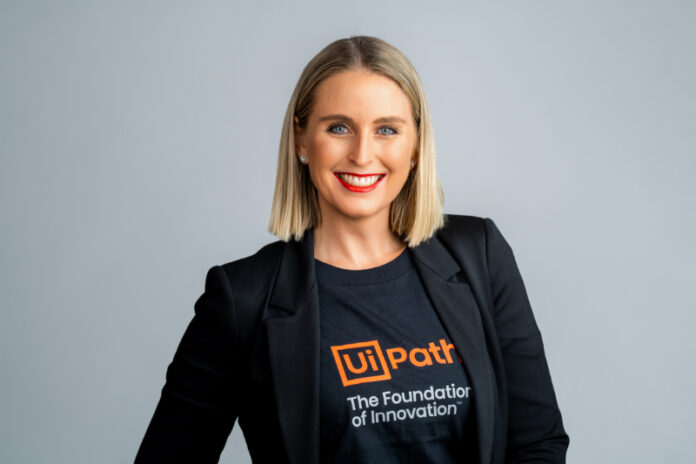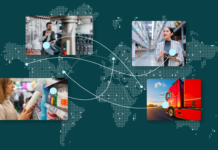Already grappling with a skill shortage amid waves of layoffs in recent months, the Singapore labour market faces yet another hurdle as it confronts the reality of the impending silver tsunami. In seven years, seniors aged 65 and older are expected to account for 25% of Singapore’s population, putting a significant strain on an already shrinking workforce.
Today, many employees are bearing the brunt of workforce reductions as they shoulder additional responsibilities to quickly fill the shoes of ex-colleagues. Meanwhile, experienced employees’ retirement is presenting organisations with the loss of valuable institutional knowledge and expertise. As a result, younger employees with relatively limited work experience may struggle with managing increasing workloads, leading to heightened stress levels and decreased job satisfaction.
Slow workforce growth and inflation necessitate business leaders to be adept at managing tighter budgets and leaner teams without compromising employees’ wellness and productivity. A combination of training, employee support programmes and innovative tools can help alleviate the strain on employees, enhancing their ability to manage workloads more effectively.
Beating the burnout blues
From Singapore’s Ministry of Manpower, advance estimates indicate that retrenchment numbers are expected to hit around 4,000 in the first quarter of 2023, up 34% from the previous quarter. On the other side, employees could be handling more job responsibilities and facing increased pressure from managers amid the current economic climate. Coupled with working beyond scheduled hours, spending significant time on tactical tasks, and coping with uncertain career prospects in their companies, these factors may contribute to employees feeling burnt out.
Further, from a recent survey by UiPath, close to half of all office workers in Singapore have taken on more work due to layoffs and hiring freezes in the last six months. Burnout is also impacting one in four employees in Singapore – with millennials and Gen Z workers found to be the most affected.
As work-life balance becomes a priority, employees increasingly expect work flexibility and the option of hybrid work arrangements. This shift in employee expectations is reshaping employment dynamics. In addition to flexible workplaces, organisations that embrace technology tools to alleviate workers’ stress and reduce mundane tasks will have a competitive edge in attracting and retaining talent who are seeking purpose through their work.
Empowering the new workforce
Among others, AI-powered automation is one of the technologies that has gained traction in recent years. In the same UiPath survey, 69% of Singaporean employees believe that AI-powered automation can help address burnout and enhance job satisfaction. Microsoft’s third annual Work Trend Index report, titled “Will AI Fix Work?”, also highlighted that 81% of Singaporean employees would delegate as much of their work to AI to lessen their workload.
By incorporating automation into workstreams, companies can reduce the amount of repetitive and boring tasks that take up a significant portion of the workday, freeing them to do higher-value work. For instance, imagine the possibility of delegating the most time-consuming tasks at work, like data analysis, filing claims, or resolving IT issues to a software robot that can complete these tasks in a fraction of the time you would usually spend. This, in turn, enables workers to solve more complex challenges, deliver more innovative solutions, and provide more personalised customer experiences.
The shift towards AI-powered automation has given rise to a new generation of workers – the Automation Generation – who are embracing AI and automation to be more collaborative, creative, and productive.
Unlocking the potential of the Automation Generation
Given the pressure to do more with less, what can organisations do to ensure that they continue to retain and attract talent, while making sure that the workforce remains efficient, despite economic uncertainty? Conversely, how can employees best position themselves for the shift towards technologies like AI-powered automation?
For employers, technologies and skills that support employees in their daily work have become a serious consideration for current and prospective workers. 98% of Singaporean respondents in a Salesforce survey said they want their businesses to prioritise AI skills in their employee development strategy. Similarly, 73% of workers in Singapore also have a more favourable view towards organisations that employ business automation to support employees and modernise operations, according to UiPath. Organisations can also leverage upskilling initiatives such as Singapore’s SkillsFuture to help them empower the next generation of workers with the right skills to strengthen workplace resilience.
Workers, on the other hand, must adopt a lifelong learning approach and fervently upskill to remain relevant today. By arming themselves with the right skills and technologies, workers can showcase their value to drive profitability, flexibility, and innovation for their employers. Beyond technical skill sets, it’s also essential for workers to embed themselves with soft skills like leadership, critical thinking, and adaptability — traits that technologies cannot replace. These traits that make us human will be the workforce’s greatest competitive advantage.
Disruption in the workplace, macroeconomic factors, and social challenges such as an ageing population often mean employees are asked to bear that burden by doing more with less – but it doesn’t need to be that way. As the Singapore economy continues to remain volatile due to the global outlook, technologies like AI-powered automation can play an important role in helping organisations navigate challenges. While it has the potential to transform industries and improve the lives of workers, there are no silver bullets. Organisations must utilise a holistic approach to augment the capabilities of the human workforce with technology to ensure sustainable business growth.
















